It's always sunny in Bognor Regis – a postcard from the Sussex Riviera
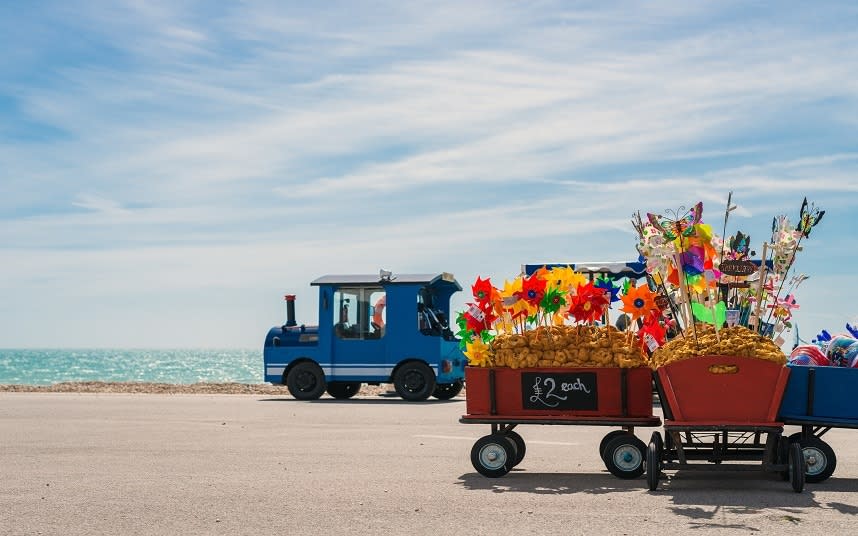
There are a few British towns that tend to find themselves somewhere towards the latter end of the joke. If there was an Expo for the losers in the great game of town-name-roulette you would find representatives of Grimsby, Scunthorpe, Skegness, Staines.
And over there, in the far southern corner of the exhibition hall, with a bucket and spade in-hand and an inflatable crown perched on its head, is Bognor Regis.
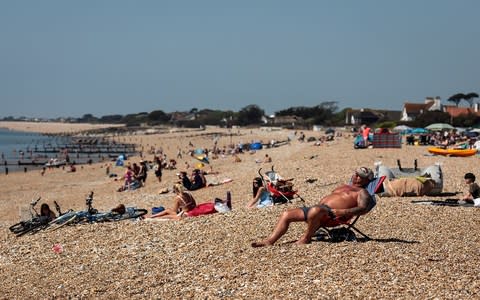
Bognor Regis. Bognor. Bog. It didn’t have to be this way, you know. Back in the early 18th century, when a hatter named Richard Hotham hatched grand plans to develop this stretch of Sussex coast into a resort town to rival Brighton, he initially named it Hothampton. The consensus, however, was that the old fishing village would keep the name Bognor.
The Regis came later, in the 1930s, when Buckingham Palace sent an unwell King George V to the town to reap the alleged benefits that the sea air would have on his septicaemic lungs. A petition drawn up by local residents for “Regis” to be added to the town’s name was sent to the palace and, so the legend goes, when it landed in the king’s pigeon-hole he croaked “Oh, bugger Bognor”.
My postcard from Bognor Regis comes on one of the sunniest Saturdays of the year. Not that they're short of sunny days here - Bognor Regis consistently wins the title of Britain's sunniest town, typically with over 1,900 hours per year.
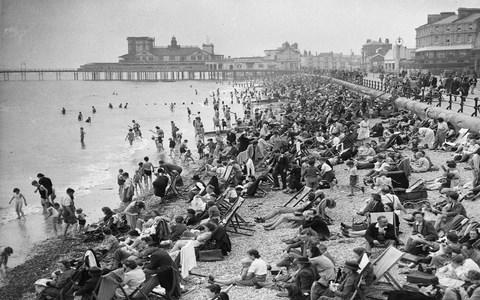
On the train from London Victoria I find myself surrounded by young families, fussily reorganising themselves in a game of musical chairs in which nobody wins. Bottles of water and sunglasses are squeezed into the side-pockets of their backpacks.
Quite the turnout. Perhaps the allure of the seaside is alive and kicking, I thumb into my iPhone notes. Then everyone disembarks at Gatwick, and I delete that note. As the train rolls southwards from the airport I am one of the few left on board except for a young family sat across the aisle.
“You’re supposed to be happy, you’re going to the seaside,” the mother tells her young daughter, who is audibly distraught about something. I wonder if her stuck-out bottom lip and drenched cheeks are the child’s way of saying “Oh, bugger Bognor”.
Perhaps. But for many grown-ups, this town is a palace of fond memories. Back in 1932 Billy Butlin constructed an amusement park on the eastern end of town. The following year he built a seafront zoo that was home to polar bears, leopards and kangaroos. Then, in 1960, Butlin built the eponymous holiday park which still exists today, with the catchphrase: “A week’s holiday for a week’s wages.”

Theme park rides, exotic animals, sticks of rock. For many people, young and old, Bognor Regis is the setting for a sugar-soaked chapter of childhood.
I don’t have any such memories of this seaside town. So when I disembark the train and a man with a large winged eyeball tattooed in the centre of his forehead stares me out, everything feels a bit more Bognor than it does Regis. I step up the pace and follow my nose to the sea.
Britain's glorious seaside resorts in their heyday – and now
If, one day, there is a virtual reality dictionary entry for the notion of “the Great British high street” I would recommend they take the 360-degree camera down Bognor Regis’s pedestrianized drag. Chain stores are interspersed with banks, charity shops and a certain coffee company that has recently rebranded black coffee as the ‘Flat Black’ (you know what, I’m going to out them. It’s Costa).
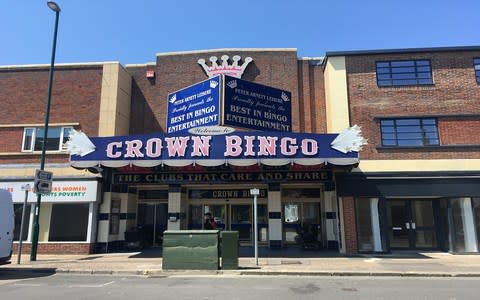
But as I reach the end of the high street, walk through a shopping arcade and cross a road, I’m reminded that I’m not here to pick up pound-priced goods, enjoy a round of bingo or sup a flat black.
Like the hundreds of people sat in front of me, with pebbles between their toes and seagull-shaped shadows circling their salty chips, I’m here for that most magnetic of things – the simple allure of the open sea.
Many things that I see today are the same as what visitors decades before me will have beheld. A miniature train transports families along the promenade to the Butlin’s resort. The Bognor Cockle flogs jellied eels for £3.50. There’s a mini-golf course. A Gypsy Tarot reader does her business from a hut. Two-penny arcade machines ebb and flow. If there was a virtual-reality dictionary entry for “the Great British seaside resort town”...
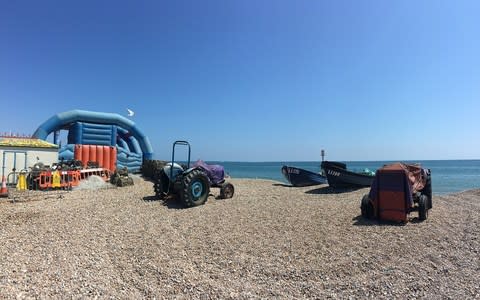
That’s the nostalgic view of Bognor Regis, with the Perpetua filter at 100. But the reality is that this town, like many around the perimeter of the country, has over the last half century seen a steady decline in visitor numbers thanks to the dawning of cheap package holidays and more recently, the rise of the budget airline. Why stay on the train to Bognor Regis when it’s so cheap and easy to get off at Gatwick and fly to the Balearics?
That decline in visitors naturally led to the decline of the town’s economy, which is still visible today - whether it be the town’s increasing homeless population, the empty cans of Tyskie on the beach or the boarded-up Royal Hotel’s crumbling facade.
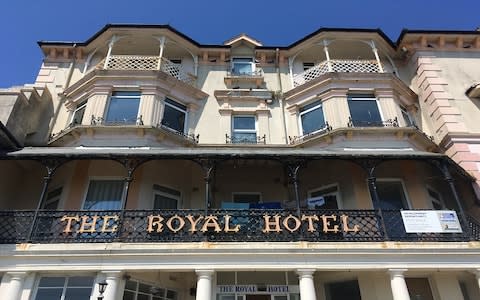
For better or for worse, the tentacles of 21st-century gentrification have not yet reached the shores of Bognor Regis like they have in other seaside towns like Margate, Southend and Hastings. There are, however, one or two spots that offered solace to a London snowflake like myself, such as the Bagel & Coffee Co on the west end of the promenade, and the tiny Dog & Duck real ale bar, only six weeks old, with a few casks from local breweries.
If I could customise the front of my postcard from Bognor Regis it would have a collage of photographs. One would be the couple I saw sat on their camping chairs, skilfully resculpting their 99 Flakes. Then there’s the Polish teenager I watched doing a backflip off the pier, to the eruption of cheers from his mates. Another is of a toddler, bent double to pick up a shell for the first time.
And along the bottom, underlining them all, is a panorama of the big blue English Channel, ebbing and flowing like the fortunes of a town whose raison d’etre is to show people a good time.